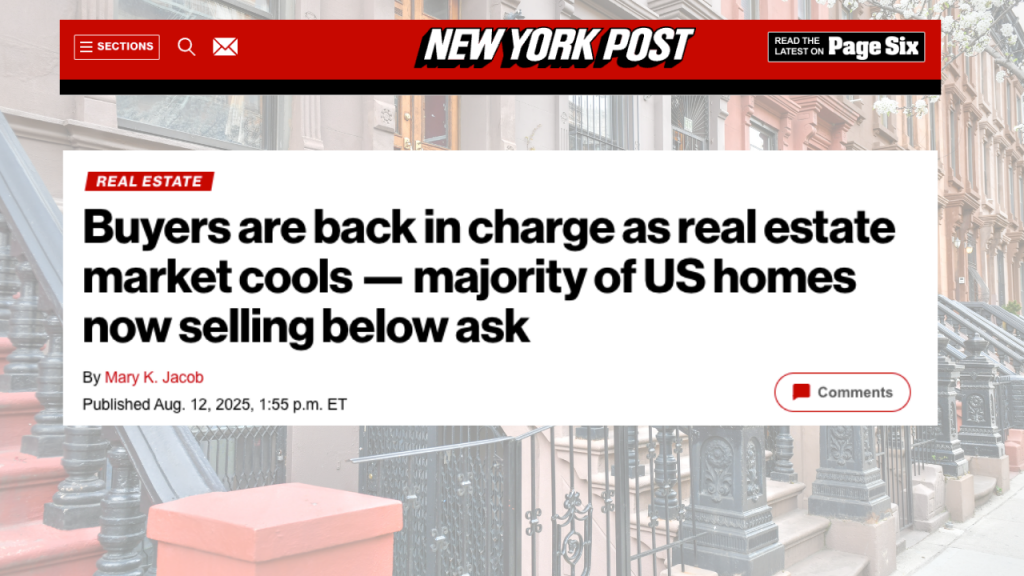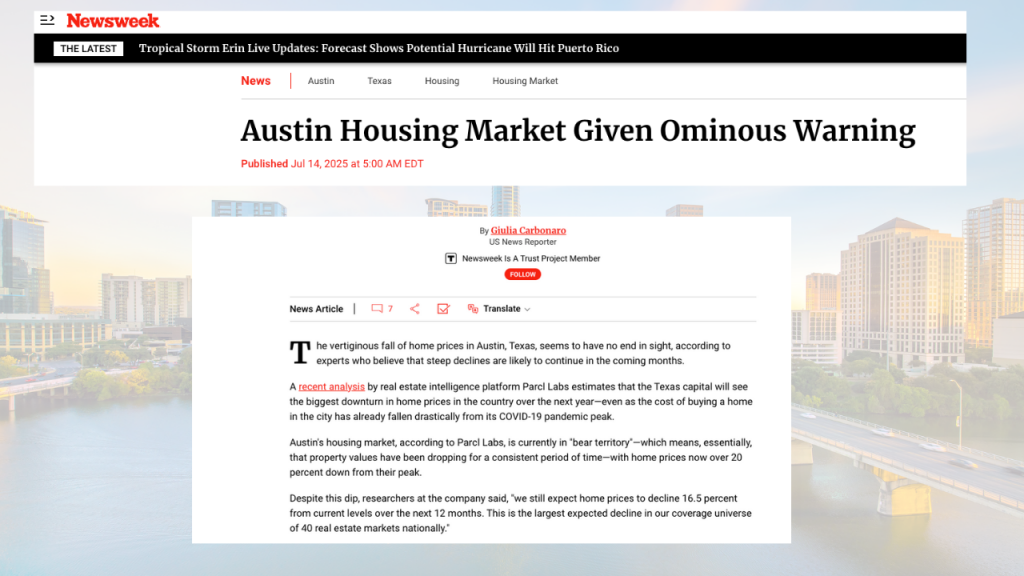The current real estate market situation presents a complex landscape marked by unprecedented challenges and significant opportunities. Over the past 16 months, we have experienced a prolonged slowdown in home sales, with more than 1.1 million homes remaining on the market for three consecutive months. This has created a buyer’s market environment, providing consumers with more choices, less pressure, and the flexibility to make more informed decisions. However, the declining home prices, soaring inventory levels in certain regions, and broad economic uncertainties continue to test the patience of buyers, sellers, and investors alike. This article explores the multifaceted nature of today’s market, its challenges, and why these turbulent times could be among the most advantageous moments for prospective homebuyers in history.

The Prolonged Market Slowdown and Surplus Inventory
The national real estate market has been in a state of flux since late 2023. The latest reports indicate that sales have slowed for the 16th consecutive month, with a significant surplus of homes lingering on the market. The figures reveal more than 1.1 million homes remaining unsold for three months or longer—a clear sign that supply outpaces demand in many regions. This shift marks a dramatic departure from the rapid sales pace seen in the years prior to the pandemic, where low mortgage rates, strong job markets, and a booming economy fueled brisk home purchases.
This persistent slowdown favors prospective buyers, who now find themselves in a position of greater leverage. With more options to choose from and less urgency to close quickly, buyers can negotiate better terms, secure lower prices, and avoid the frenzied competition that characterized the market during its peak. For instance, a recent survey by the National Association of Realtors (NAR) highlights that many buyers are exercising patience, waiting for prices to stabilize further before making commitments.
The increased inventory also benefits sellers who are willing to adapt to the new realities. Homes that are priced competitively and maintained well can attract multiple offers despite the broader slowdown. However, sellers must be prepared for longer marketing periods and potentially lower sale prices—an adjustment from the rapid appreciation seen during the pandemic’s height.

The Fall of Home Prices in Austin, Texas: A Bellwether of Decline
Austin, Texas, stands out as a prime example of the nationwide trend of falling home prices. According to real estate intelligence platform Parcl Labs, Austin’s market is currently experiencing the most significant downturn among 40 monitored markets in the U.S. Over the past year, home prices in Austin have declined by more than 20 percent from their peak during the COVID-19 pandemic. Experts predict that this downward trend will continue, with prices expected to fall an additional 16.5 percent over the next year.
This steep decline signals a correction in the market after years of rapid appreciation. During the COVID era, Austin experienced a housing boom driven by remote work, an influx of new residents, and a booming tech sector. However, rising mortgage rates, inflation, and economic uncertainty have dampened demand, leading to increased inventory and falling prices.
Despite the negative headlines, this adjustment presents unique opportunities. Buyers who hesitated earlier due to high prices may now find excellent deals in Austin. Investors could see this as a chance to purchase properties at a lower entry point, with potential for future appreciation when the market stabilizes. Additionally, a correction in prices helps rebalance the market, making it more sustainable in the long term and mitigating the risk of a bubble burst.
Regional Variations: From Florida to Ohio
While some markets like Austin experience sharp declines, others display a different pattern—characterized by increased inventory and mixed price trends. For example, Toledo, Ohio, has recorded a staggering 128% increase in for-sale homes compared to last year, signaling a significant shift in supply and demand dynamics. Similarly, Savannah, Georgia, has seen a 108% rise in listings, reflecting a national trend of inventory buildup.
Florida’s housing scene is particularly diverse. In Naples, prices have plummeted 15%, with sales dropping 29%, and listings soaring by 58%. This indicates a cooling market with more options for buyers and downward pressure on prices. Conversely, Miami, despite experiencing a 37% decline in sales, saw median home prices increase by 7%, reaching a median of $580,000. This anomaly underscores the regional distinctions within the broader national trend.
According to Redfin, Florida home prices are down 2.2% year-over-year as of June 2025, with South Florida regions experiencing some of the steepest declines. Palm Beach County leads the state with over 13,000 active listings—more than double the inventory compared to other nearby counties. Such surpluses signify a buyer’s market and point to further price stabilization or decline.
Economic and Market Factors Behind the Decline
Several macroeconomic factors fuel the current decline in housing prices:
- Rising Mortgage Rates: The Federal Reserve’s aggressive interest rate hikes have resulted in higher mortgage rates, making monthly payments more expensive and reducing affordability for many buyers.
- **Inflation and economic uncertainty** have also played crucial roles. As inflation remains persistent, consumers face squeezed budgets, which limits their ability or willingness to invest heavily in real estate. Moreover, economic worries—ranging from geopolitical tensions to fears of a recession—have caused many potential buyers to hold back, waiting for clearer signs of economic stability.
- Shift in Demographic Trends: The pandemic reshaped where and how Americans want to live. While some regions boomed due to remote work opportunities and increased demand for space, others are experiencing a population slowdown or migration away, contributing to regional disparities in housing markets.
- Overbuilding in Certain Markets: In some areas, like Florida, rapid construction and an influx of new listings have caused inventory to swell beyond what current demand can support. This imbalance has driven prices down and slowed sales.
The Bright Side: Why This Is Still a Great Time to Buy
In any market correction, there are opportunities for those with foresight. Historically, the best times to buy real estate have often coincided with market downturns. While the headlines focus on price drops and economic uncertainty, savvy buyers recognize these moments as the best buying opportunities in decades.
A few compelling reasons support this optimistic outlook:
- Interest rates are projected to stabilize or decrease in the future, which could reduce mortgage costs and further boost affordability.
- Property values tend to rebound after downturns—often within a few years—meaning early buyers have a chance to capitalize on future appreciation.
- Developers are more willing to negotiate and offer incentives, creating a fertile environment for acquiring properties at favorable terms.
- Long-term wealth building through real estate remains a proven strategy. Buying at lower prices can significantly impact future equity and investment returns.
The Best Time to Buy Ever May Be RIGHT NOW!
While the current real estate market presents undeniable difficulties—extended periods of slow sales, rising inventories, and declining prices—it also opens a window of unparalleled opportunity for astute buyers. Times like these, characterized by market corrections and stabilization, often mark the beginning of long-term upward trends.
Historically, the most advantageous periods to purchase property are precisely during market downturns. This is when affordability peaks and opportunities abound for forward-thinking investors and first-time homebuyers alike. These times challenge us to be patient, strategic, and disciplined, traits that ultimately lead to rewarding outcomes.
As the housing market recalibrates and finds its new equilibrium, today’s buyers stand to benefit from lower prices, less competition, and a broader selection. With prudent planning and a long-term perspective, this turbulent phase could well become the most advantageous buying opportunity of the century. The current correction is not a signal of collapse but a sign of a healthy, dynamic market finding its footing for a prosperous future.



